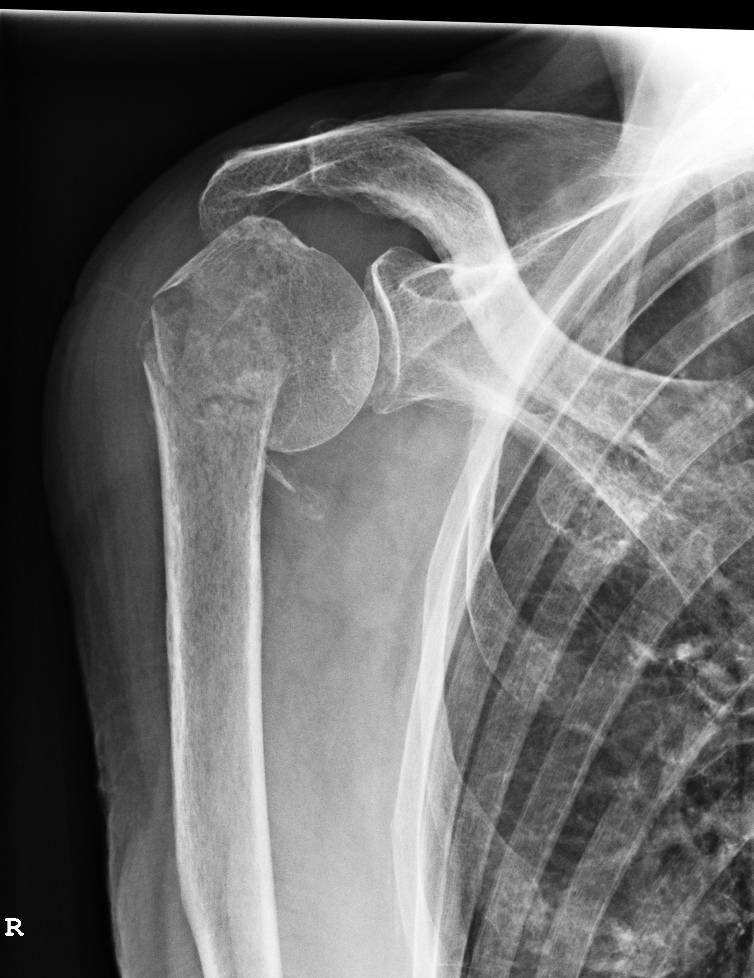

Prevention of an orbital floor fracture is only possible by preventing blunt trauma to the midface. Indeed, recent studies on cadavers suggest that both theories are valid. It is likely that each mechanism may be operative in varying degrees in different patients, depending on the mechanism and location of the traumatic insult. This increase in bony pressure causes the weakest point in the orbit to “buckle” and crack, with the bone fragment thus created to be pushed inferiorly. In the “buckling” theory, blunt trauma to the face (such as a punch to the cheek) transmits a pressure wave posteriorly, acutely compressing the bones of the orbit in the anterior-posterior direction. The increased orbital pressure simultaneously fractures the bony floor and pushes the bone fragment downward, displacing the bone into the maxillary sinus, along with soft tissue from the orbit. As the intraorbital pressure increases dramatically and suddenly, the floor of the orbit “blows out” inferiorly at the point of greatest weakness, just above the intraosseous course of the infraorbital neurovascular bundle. The eyeball is thrust posteriorly, transiently raising the pressure within the orbit. In the “hydraulic” theory, the eyeball itself is struck directly from an object such as a fist or a baseball. Two theories predominate to explain the occurrence of orbital “blowout” fractures. Orbital tissue herniating into the sinus through the resulting defect in the orbital floor may become entrapped, causing diplopia and possible oculocardiac reflex if the displacement of the bony fragment is large enough, enophthalmos may develop. The thin floor of the orbit, typically medial to the infraorbital neuromuscular bundle, is broken and a piece of this bone is generally displaced downward into the maxillary sinus. Patients who suffer blunt trauma to the globe or periocular area, especially directly on the globe or on the cheek, are at risk of developing an orbital floor fracture. As one might suspect, it is this very thin area of the orbital floor overlying the neurovascular bundle where isolated orbital floor fractures frequently occur. By contrast, the bone of the lateral portion of the orbital floor averages 1.25 mm thick, over 5 times the thickness of the bone over the neurovascular bundle.

The inferior orbital neurovascular bundle (comprising the infraorbital nerve and artery) courses within the bony floor of the orbit the roof of this infraorbital canal is only 0.23mm thick, and the bone of the posterior medial orbital floor averages 0.37 mm thick. The anatomy of the orbital floor predisposes it to fracture. A "blowout" fracture of the orbital floor is defined as a fracture of the orbital floor in which the inferior orbital rim is intact.įractures of the orbital floor are common: it is estimated that about 10% of all facial fractures are isolated orbital wall fractures (the majority of these being the orbital floor), and that 30-40% of all facial fractures involve the orbit. Orbital floor fracture, also known as “blowout” fracture of the orbit.

BLOWOUT FRACTURE SKIN
Blowout fractures sometimes cause double vision, a sunken eyeball (particularly once the swelling resolves), an eyeball that is lower in the face, a decreased sensitivity to touch and pain around the cheek and upper lip (caused by injury to the nerves below the orbit), or an accumulation of air and/or blood in the tissues under the skin (subcutaneous emphysema and ecchymosis).


 0 kommentar(er)
0 kommentar(er)
